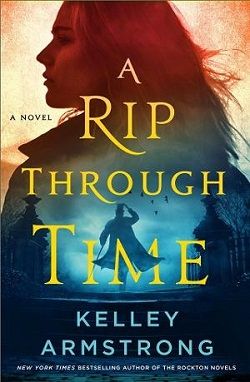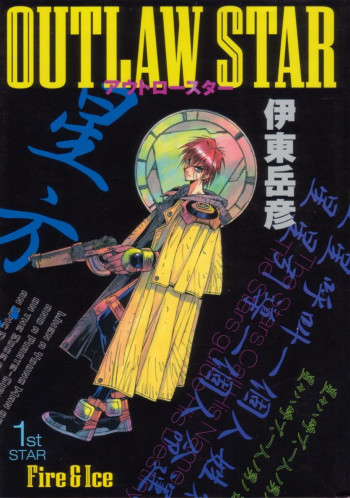A Rip Through Time by Kelley Armstrong is a captivating blend of mystery, historical fiction, and time travel that transports readers from modern-day Edinburgh to the gritty streets of Victorian Scotland. The novel opens with Mallory, a dedicated homicide detective, who finds herself in a deeply personal situation as she visits her ailing grandmother. This emotional backdrop sets the stage for a gripping narrative that intertwines her contemporary life with the past in a way that is both thrilling and thought-provoking.
The story begins with a seemingly ordinary jog that quickly spirals into a life-altering event. Mallory's encounter with a woman in distress leads to her own attack, and when she regains consciousness, she discovers that she has inexplicably swapped places with Catriona Mitchell, a housemaid from 1869. This premise is not only intriguing but also serves as a powerful vehicle for exploring themes of identity, resilience, and the societal constraints of different eras.
One of the most compelling aspects of A Rip Through Time is its exploration of gender roles and class disparities in Victorian society. As Mallory navigates her new life as Catriona, she is confronted with the harsh realities faced by women of that time—limited agency, societal expectations, and the constant threat of violence. Armstrong skillfully contrasts Mallory's modern sensibilities with Catriona's historical context, allowing readers to appreciate the progress made over the years while also highlighting the enduring struggles that women face.
The character development in the novel is particularly noteworthy. Mallory is portrayed as a strong, intelligent woman who is accustomed to solving crimes and taking charge of her life. However, as she inhabits Catriona's body, she must adapt to a world where her authority is diminished, and her survival depends on her ability to navigate the treacherous waters of Victorian society. This duality creates a rich character arc, as Mallory learns to harness her detective skills in a time when such abilities are not only unrecognized but also dangerous.
Catriona, though initially a secondary character, emerges as a fully realized individual with her own dreams and fears. Through Mallory's eyes, we see Catriona's struggles and aspirations, which adds depth to the narrative. The relationship between Mallory and Catriona becomes a poignant exploration of shared experiences and the interconnectedness of women across time. Armstrong's ability to weave these two lives together creates a tapestry of emotional resonance that lingers long after the final page is turned.
The mystery at the heart of the story—unraveling the circumstances surrounding the strangulation of a young man—serves as a catalyst for Mallory's transformation. As she works alongside Dr. Gray, a medical examiner with his own secrets, the plot thickens, revealing layers of intrigue and danger. The pacing of the novel is expertly crafted, with each revelation building tension and drawing readers deeper into the narrative. Armstrong's background in writing thrillers shines through as she expertly balances character development with plot progression, ensuring that neither element overshadows the other.
Moreover, the historical setting is richly detailed, immersing readers in the sights, sounds, and societal norms of 19th-century Edinburgh. Armstrong's research is evident, and her vivid descriptions bring the era to life, making it a character in its own right. From the cobblestone streets to the oppressive atmosphere of the undertaker's home, the setting enhances the overall impact of the story, grounding the fantastical elements of time travel in a believable reality.
In terms of themes, A Rip Through Time delves into the concept of time as a fluid construct, challenging the notion of linearity. Mallory's journey raises questions about fate, choice, and the impact of our actions across time. The novel invites readers to ponder how much of who we are is shaped by the time and place in which we live, and how our experiences can transcend generations.
Armstrong's writing is both engaging and accessible, making the novel suitable for a wide range of readers. Her ability to blend genres—mystery, historical fiction, and elements of fantasy—creates a unique reading experience that stands out in a crowded market. Fans of authors like Diana Gabaldon or Susanna Kearsley will find much to love in this book, as it shares a similar sense of adventure and exploration of time and identity.
Overall, A Rip Through Time is a masterful work that combines a gripping mystery with profound themes of identity and resilience. Kelley Armstrong has crafted a story that not only entertains but also encourages reflection on the complexities of womanhood and the passage of time. The novel's rich character development, intricate plot, and vivid historical setting make it a must-read for anyone who enjoys a compelling narrative that challenges the boundaries of time and space.
In conclusion, A Rip Through Time is a triumph of storytelling that will resonate with readers long after they close the book. It is a testament to the power of literature to bridge gaps across time, reminding us that while the world may change, the essence of human experience remains timeless.
























Reviews 0
Post a Reviews: